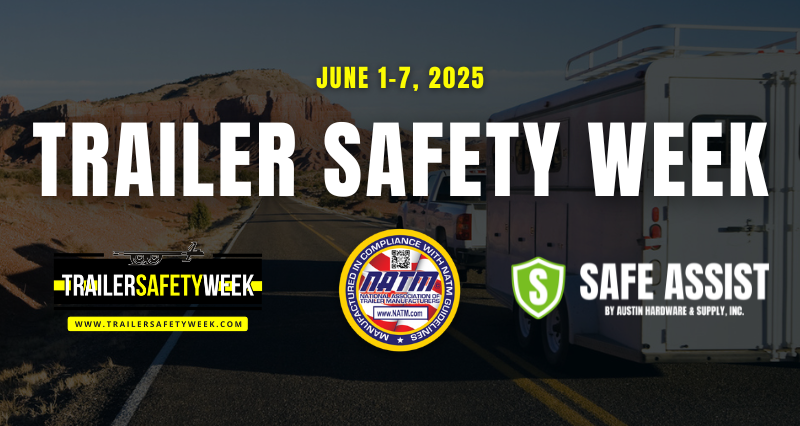.png?width=825&height=440&name=Severe%20Weather%20Blog%20Banner%20(1).png)
OSHA requirement 1910.38 lays out a business’s obligations regarding emergency action plans. These plans must be in place to protect employees, including preparing for severe weather.
Every plan needs to be customized to suit an individual business's specific needs and circumstances. However, here is a general overview of what you may need to consider when developing a plan for your business.
One of the first things every business should do is form an emergency response team to be responsible for developing and implementing the company’s emergency action plan (EAP).
Once established, this team should assess the risk of different severe weather events that are likely to apply to your business’s location. Specifically, an evaluation of the level of vulnerability to various types of weather hazards, such as hurricanes, tornadoes, floods, and blizzards.

Communication and employee training are two of your emergency response team's most critical action items. Establishing protocols and responsibility for communication during a severe weather situation is essential. Ideally, communication will occur through multiple channels, such as text, e-mail, phone, and public address, as necessary. It is crucial to provide training to employees and up-to-date documentation as to where and how to access information and whom they need to contact in the case of severe weather.
Other critical components of an EAP that employees need to be trained on include the risks inherent in different severe weather events, emergency procedures, evacuation routes, shelter locations, and more. Additionally, the plan must include training on operating safety equipment, such as fire extinguishers and emergency generators.
Having an evacuation plan, as well as shelter-in-place procedures for situations where evacuation is not possible or safe, that are simple to understand and implement during the stress of an emergency are also critical.
Evacuation plans should be developed for different types of weather events with primary and alternative route options, assembly areas, and transportation (if applicable) clearly defined and identified. Designated shelter areas within the building equipped with emergency supplies, such as food, water, and medical kits, are critical. Assigning responsibilities for assisting special needs and disabled personnel must also be a part of your evacuation and sheltering plans.
In addition to protecting personnel, a property protection plan should be part of your EAP. This includes measures to protect equipment from damage caused by severe weather and a plan to shut down critical business systems to prevent damage during power outages or other emergencies.
A business continuity plan should also be part of your EAP. This ensures essential operations can continue during and after severe weather events. To maintain your company’s essential functions, your plan will identify key personnel needed to continue operations, establish backup facilities, and arrange for remote work.
To ensure your company is ready for severe weather events, your plan must be reviewed and updated consistently and frequently to reflect changes in risks, resources, and procedures. Regular drills and exercises to test the plan's effectiveness and familiarize employees with emergency procedures are also essential.
Finally, establishing partnerships with local emergency management agencies, weather forecasters, and community organizations to receive timely information and support during severe weather events should also be a part of your EAP. Shared resources acquired through participation in community emergency preparedness initiatives can also enhance your EAP.
Preparing your organization to respond effectively to severe weather events will help to protect the safety and well-being of your employees and your company’s material assets.







